The Strange Reason Why Curacao Is So Colorful
What makes Curaçao so colorful? Was a governor’s headache to blame? Here’s the strange story behind the rainbow island.
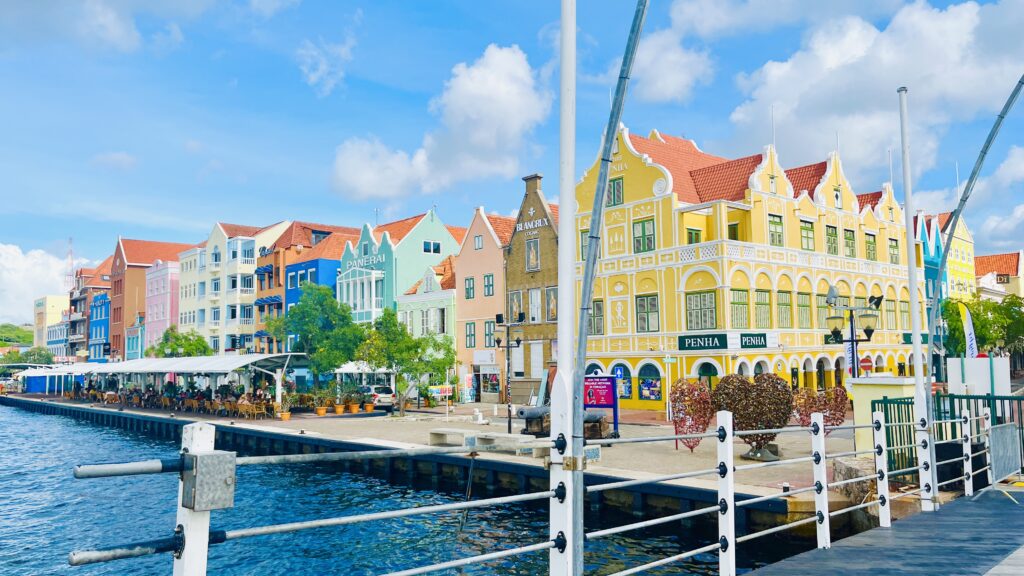
What Makes Curaçao So Colorful? The Story Behind the Rainbow Island
Thousands of tourists flock every year to the beautiful Dutch Caribbean island, Curaçao. Step one foot in Willemstad, and you’ll see why it’s considered one of the most colorful islands in the Caribbean—there’s a house or building painted every color in the rainbow.
But that begs the question: why is Curaçao so colorful? Rumor has it that a governor’s headache may be to blame.
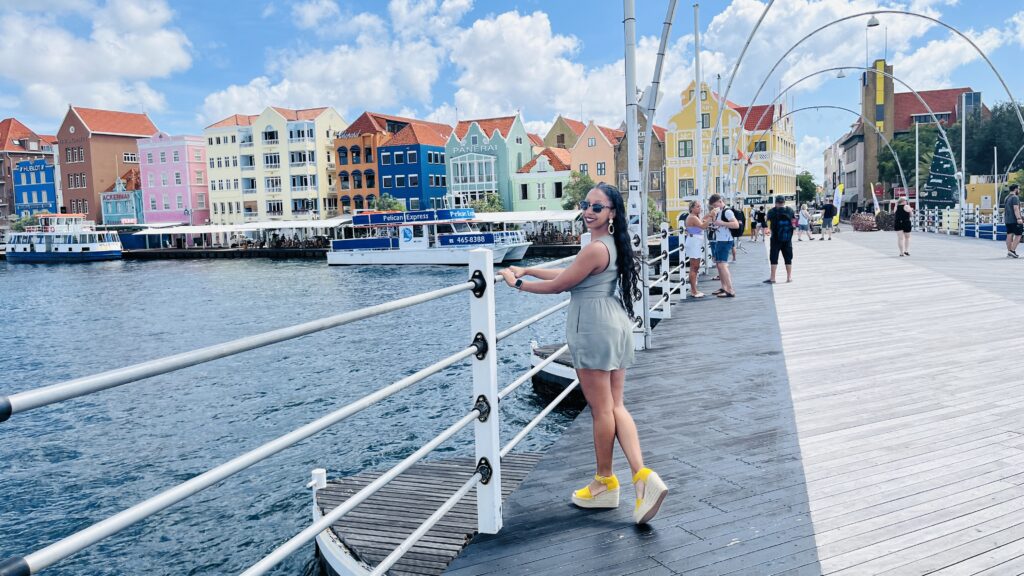
The Governor and His Headaches
Legend has it that in 1817, Governor Albert Kikkert complained about getting headaches from the sunlight reflecting so heavily off of Curacao’s white buildings and houses. Therefore, he issued a decree to have all the residents of Willemstad paint their houses and all of the buildings any color except white.
Following this order, citizens made their way to the local paint factory and began painting all of the houses and buildings their favorite pastel colors. And voila, it gave birth to the beauty that beholds Curacao now.
fun fact
The Governor’s Cut
After the governor’s death in 1819, it was discovered that he owed shares in the local paint factory and profited from this decree.
Willemstad Recognized as a UNESCO World Heritage Site
In 1997, this historic and vibrant district was awarded the decree of a UNESCO World Heritage Site. UNESCO World Heritage sites are considered to be of ‘outstanding value to humanity,’ and have cultural, historical, or scientific significance. According to their website the mission of UNESCO’s World Heritage is to:
- Encourage countries to sign the World Heritage Convention and to ensure the protection of their natural and cultural heritage
- Encourage States Parties to the Convention to nominate sites within their national territory for inclusion on the World Heritage List
- Encourage States Parties to establish management plans and set up reporting systems on the state of conservation of their World Heritage sites
- Help States Parties safeguard World Heritage properties by providing technical assistance and professional training
- Provide emergency assistance for World Heritage sites in immediate danger
- Support States Parties’ public awareness-building activities for World Heritage conservation
- Encourage participation of the local population in the preservation of their cultural and natural heritage
- Encourage international cooperation in the conservation of our world’s cultural and natural heritage
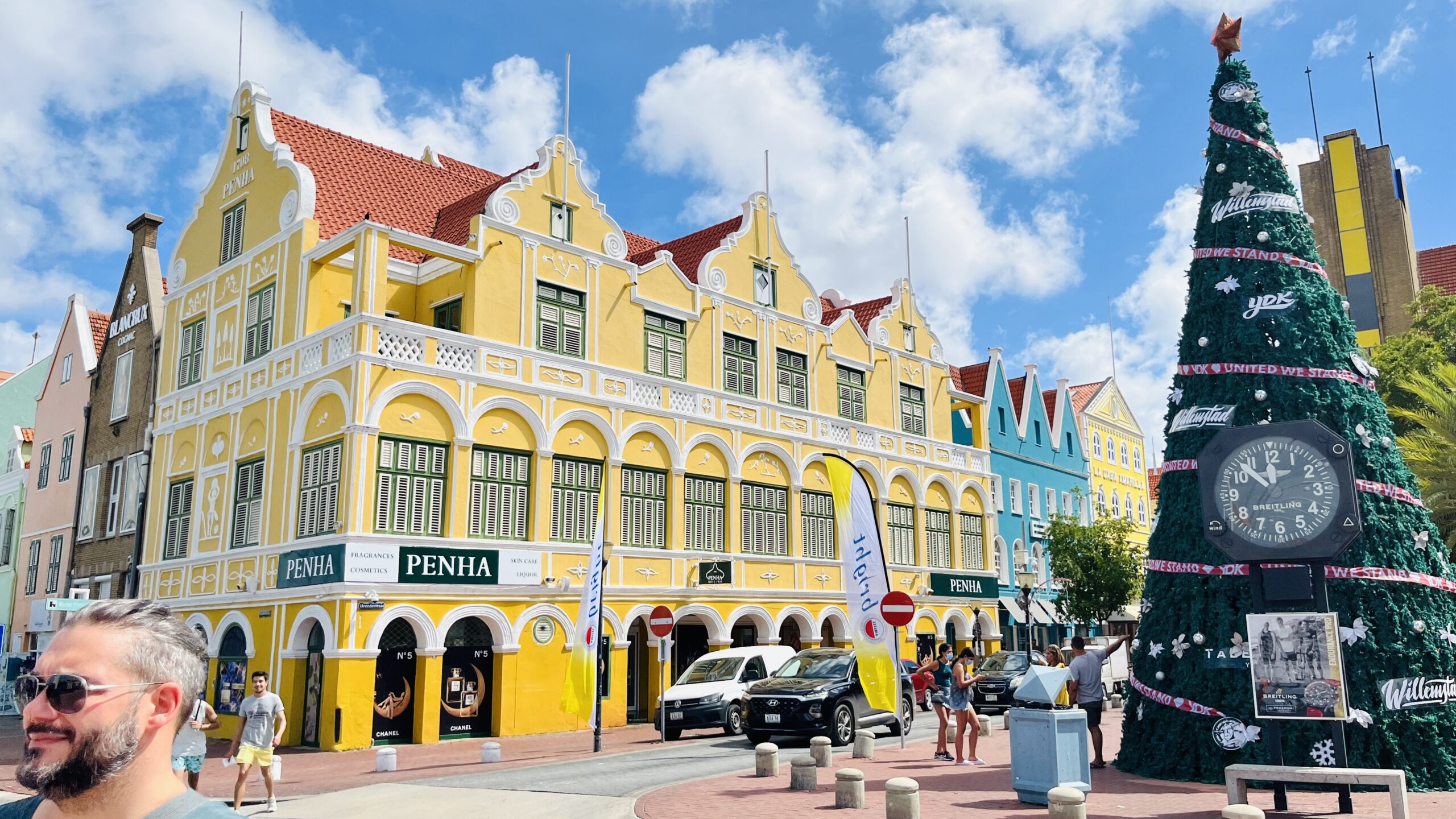
Explore Punda: Willemstad’s Most Colorful Neighborhood
With Willemstad’s colorful heritage officially recognized by UNESCO, exploring the neighborhood of Punda is a must for anyone wanting to experience Curacao’s vibrant culture up close. Just simply walking around Punda is an experience.
In fact, it was one of my favorite things to do while there. I never grew tired of walking around because there was so much to admire. An afternoon promenade around Punda reveals so much about the history, culture, and community spirit of Curacao.
Punda is an artistic and vibrant neighborhood in Willemstad where local citizens and artists alike come together to paint different murals that express the heart and soul of the country. What all of these paintings represent is the creativity and eccentricness of Curacao.
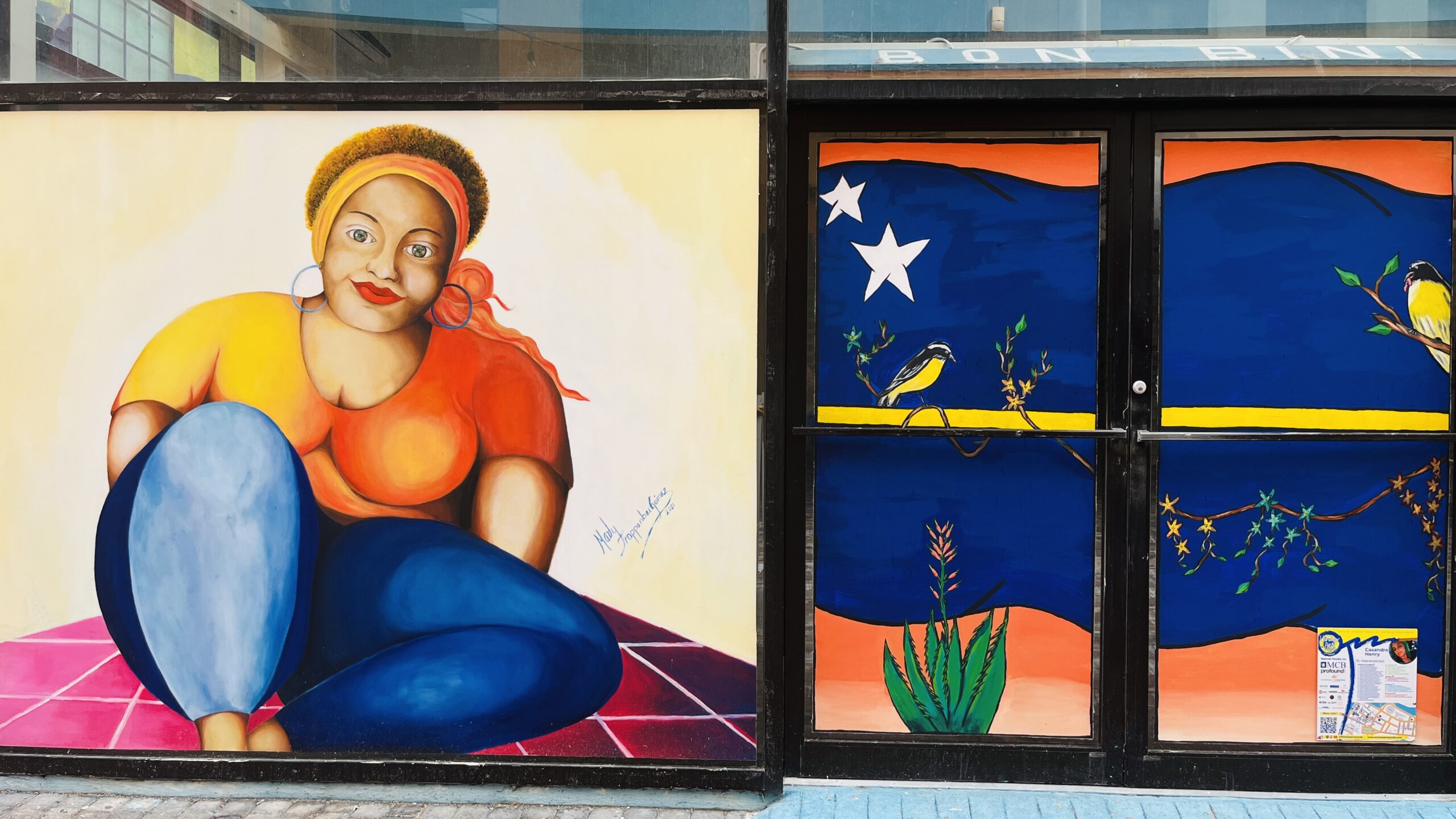
The street art often depicts scenes of daily life, historical events, and local folklore connecting to the island’s past and present. The street art in Punda began in the early 2000s, as a community initiative aimed at revitalizing the area and fostering local pride.
Local and international artists collaborated with residents to transform blank walls and abandoned buildings into vibrant murals that celebrate Curacao’s culture and history. They celebrate local biodiversity and highlight the island’s commitment to environmental sustainability.
Punda has walking tours that offer a unique opportunity to meet local artists, hear their stories, and learn about the inspiration behind their art. Many artworks are the result of collaborative projects where residents, artists, and visitors contribute to the creative process.
This communal approach ensures that the art truly represents the spirit of Punda and fosters a sense of ownership among locals. Events like street art festivals and workshops play a crucial role in this community-driven movement, bringing people together and providing a platform for emerging artists.
More neighborhoods to find beautiful street art and murals in addition to Punda include: Otrobanda, Pietermaai, and Skalo.
Before you wrap up your Curaçao trip, pick up a ChiChi Doll: the “Barbie of Curaçao”—as a fun souvenir. It’s a memorable keepsake. Learn more about how this souvenir helps support local women and their craft.
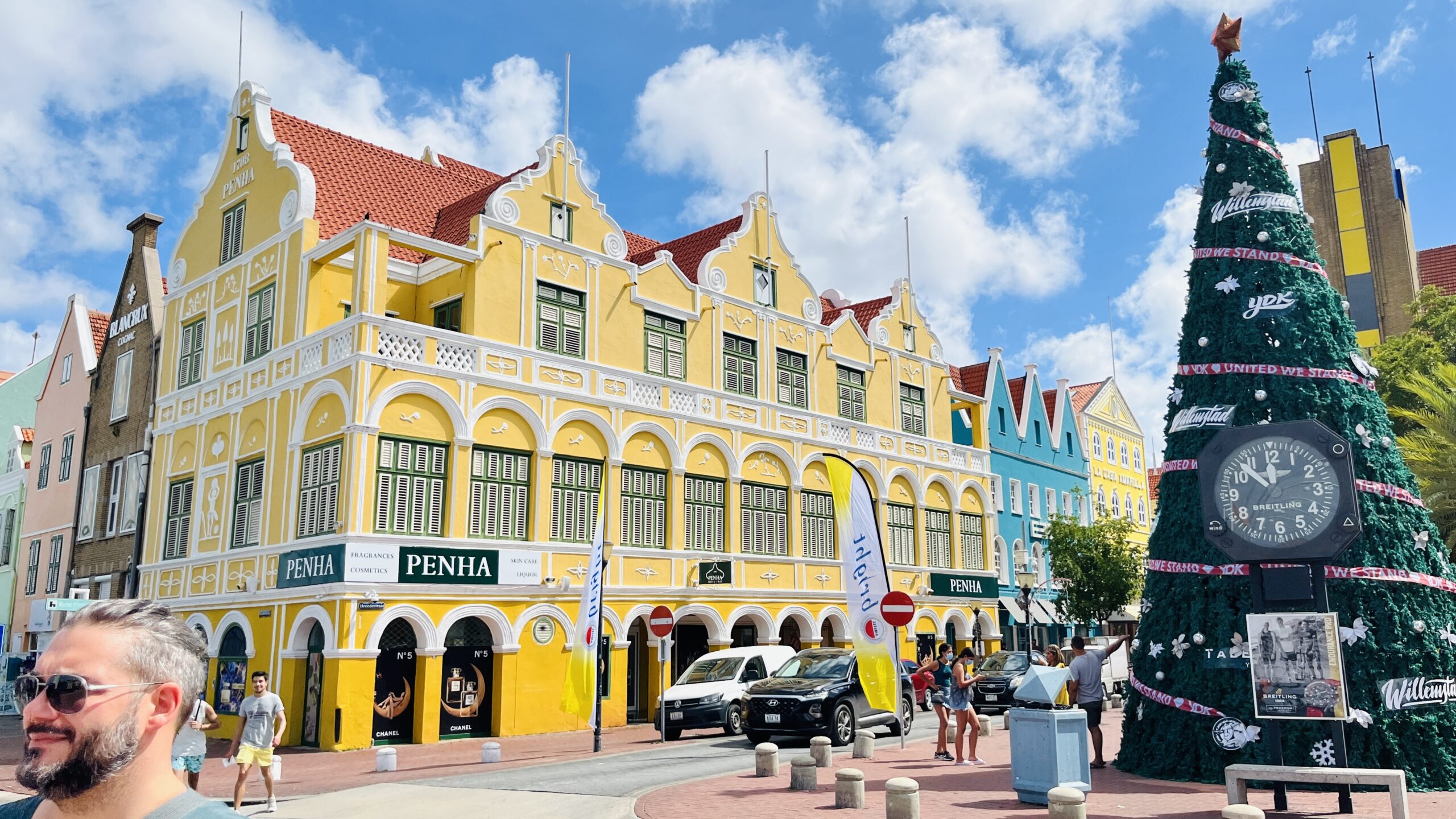
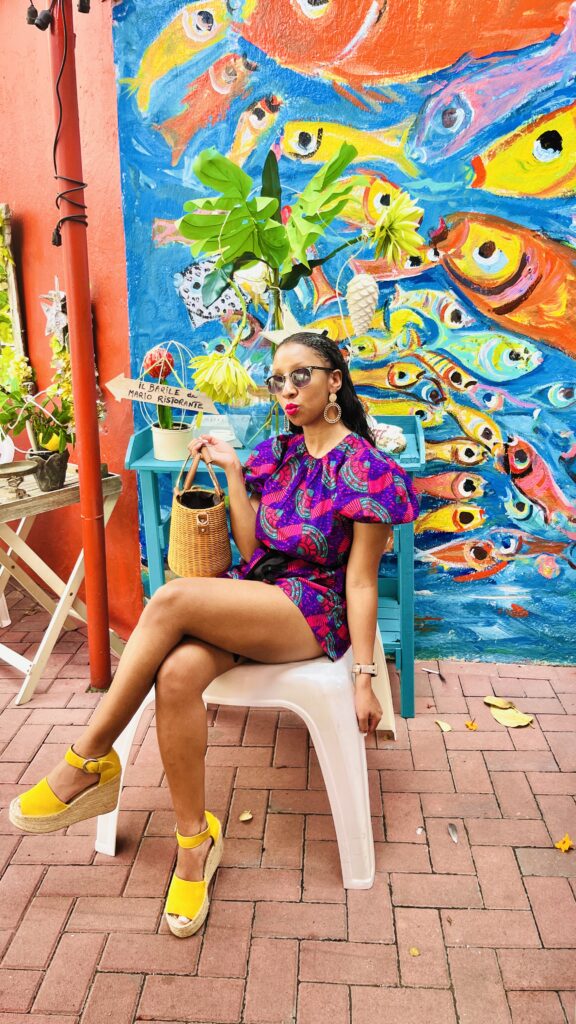
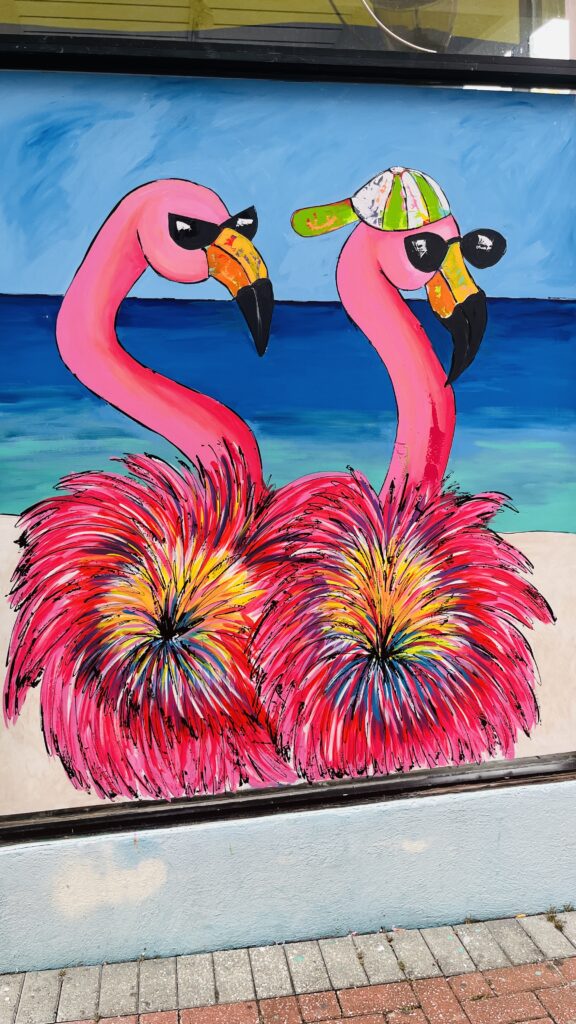
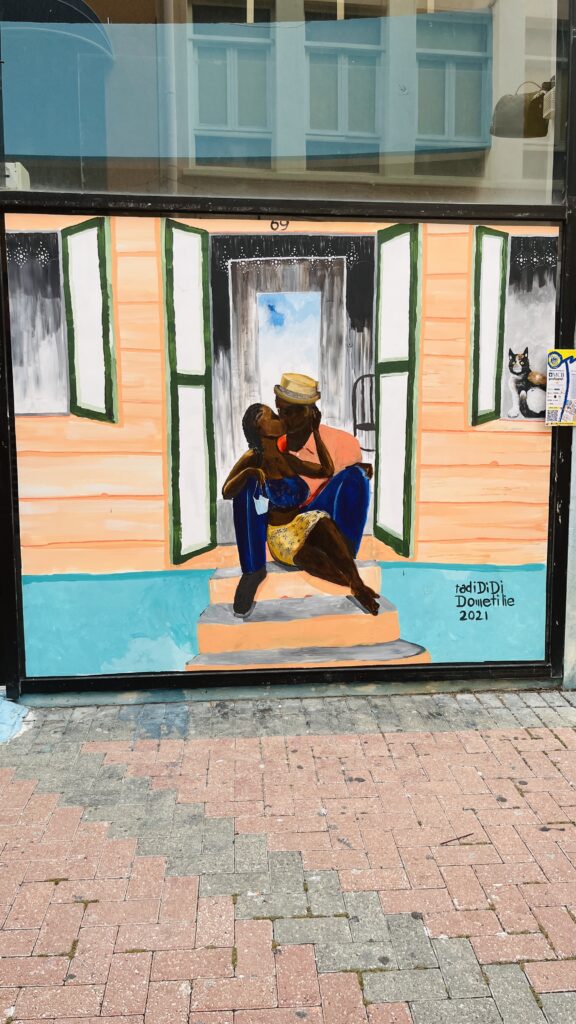
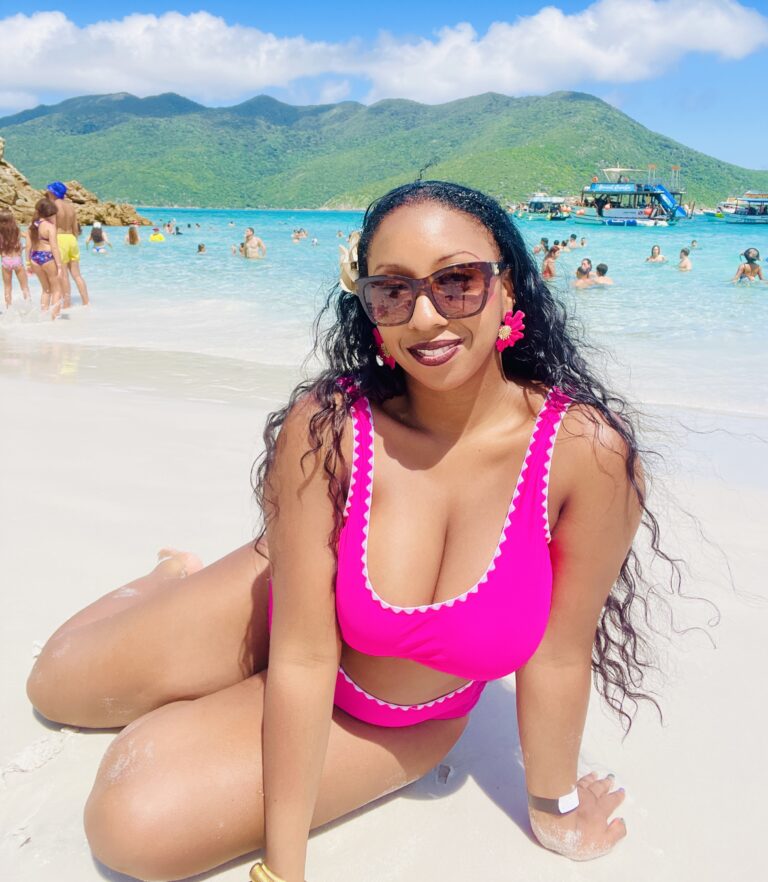
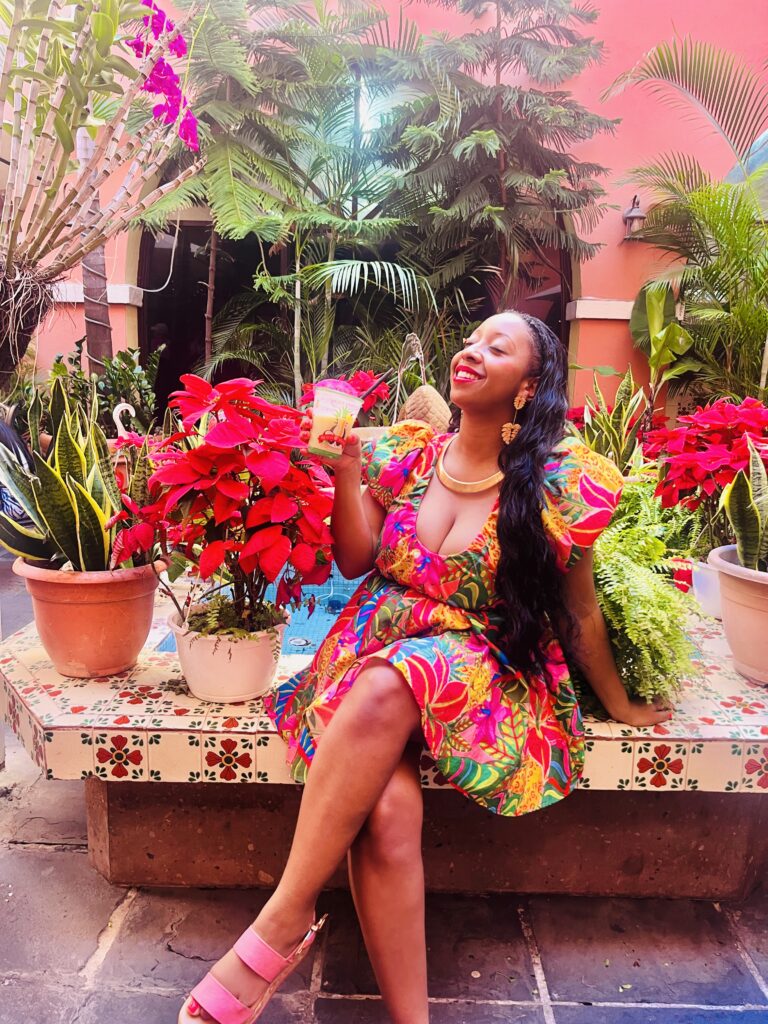
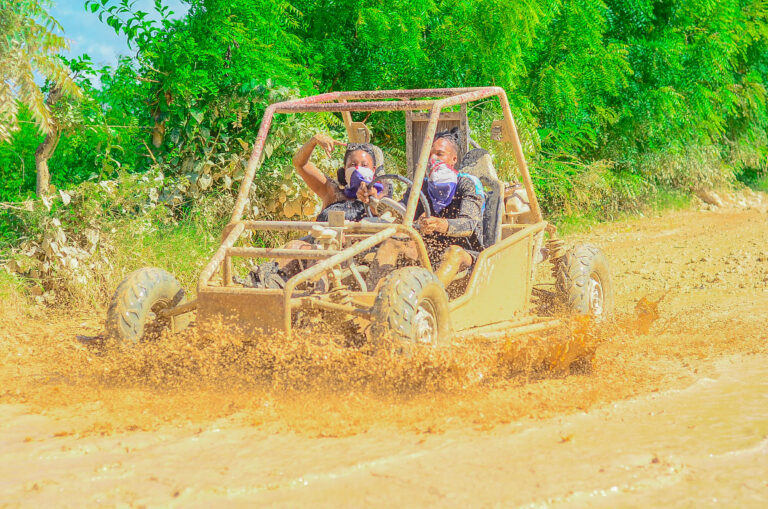
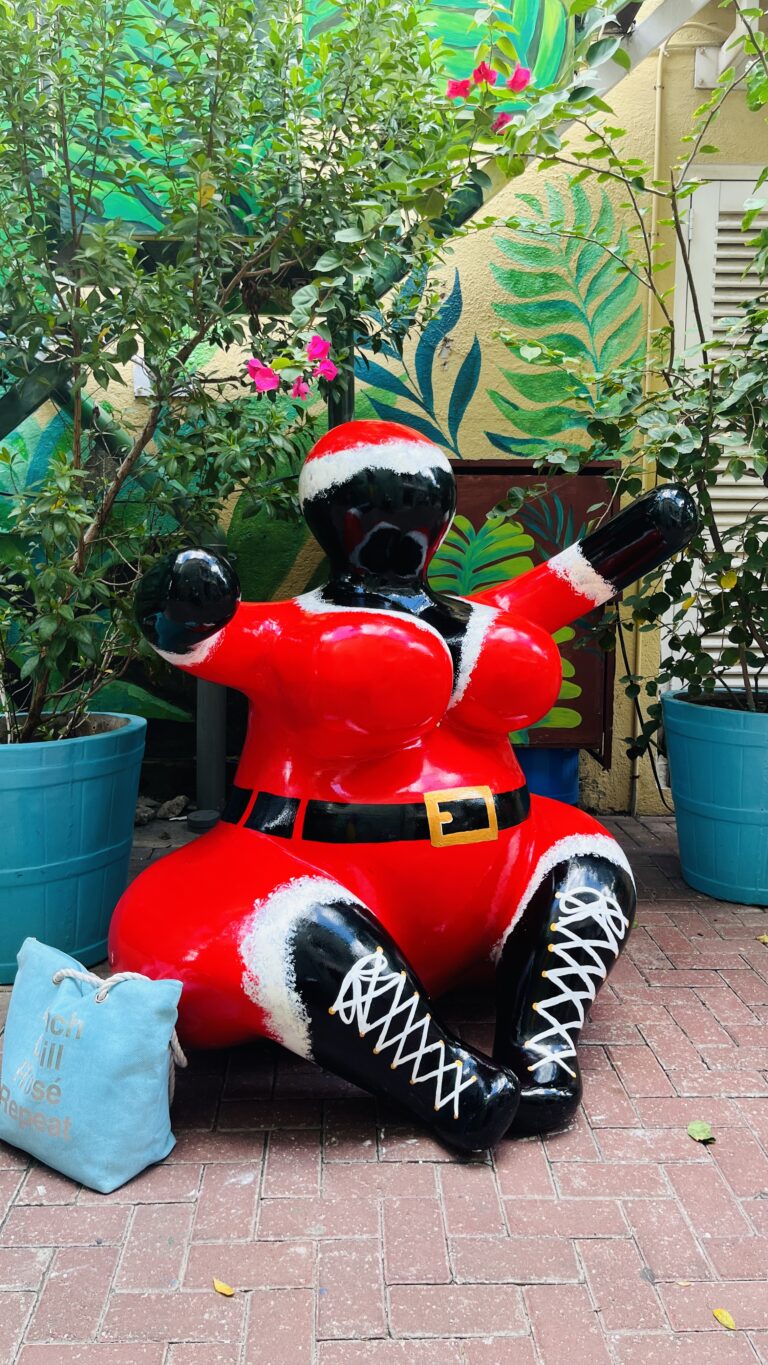
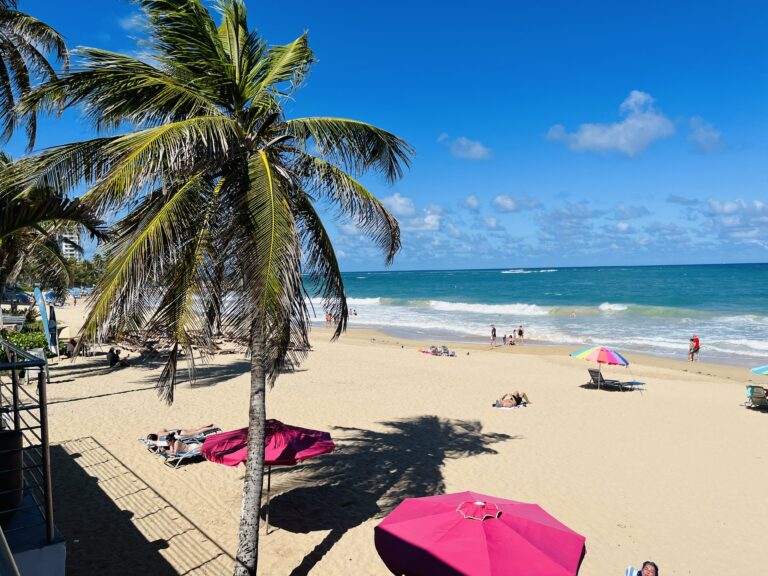
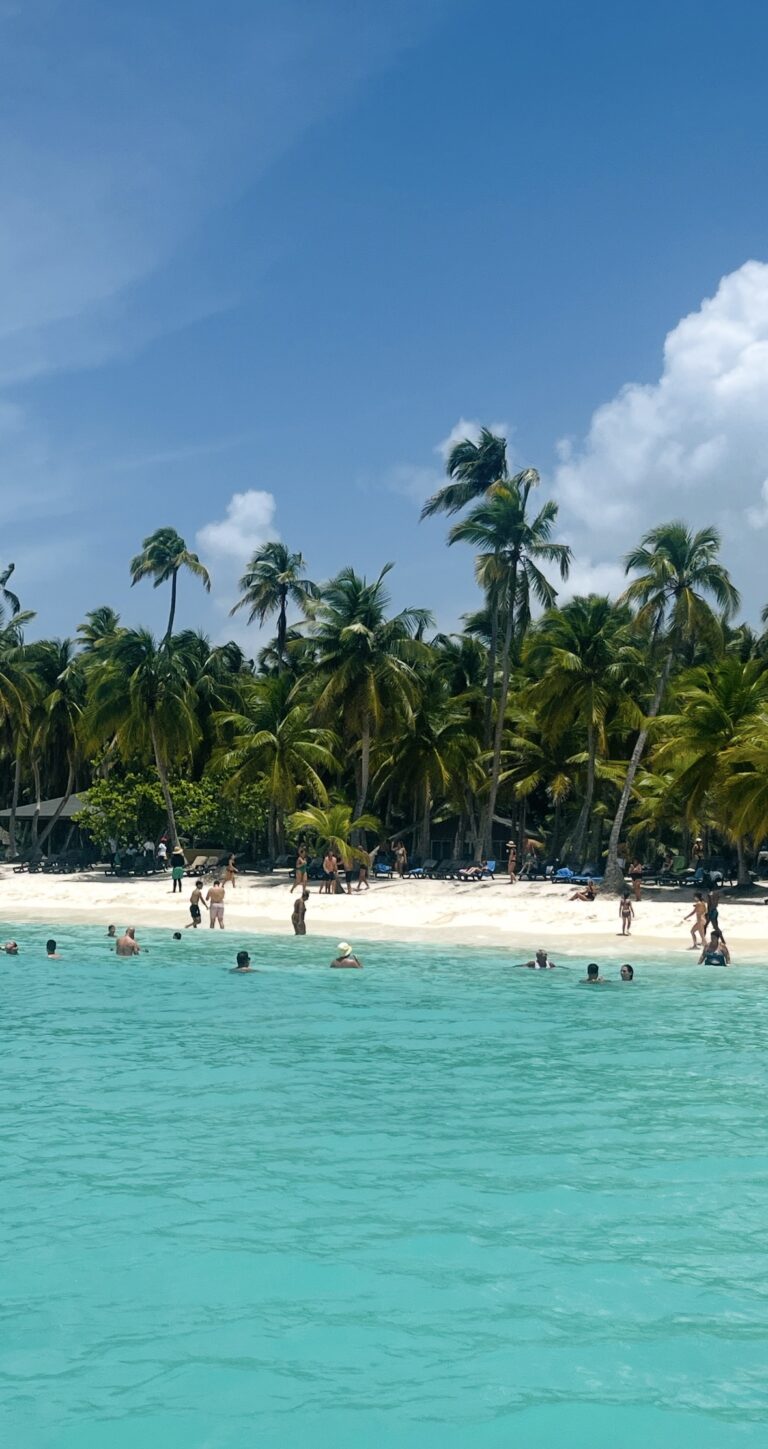
One Comment